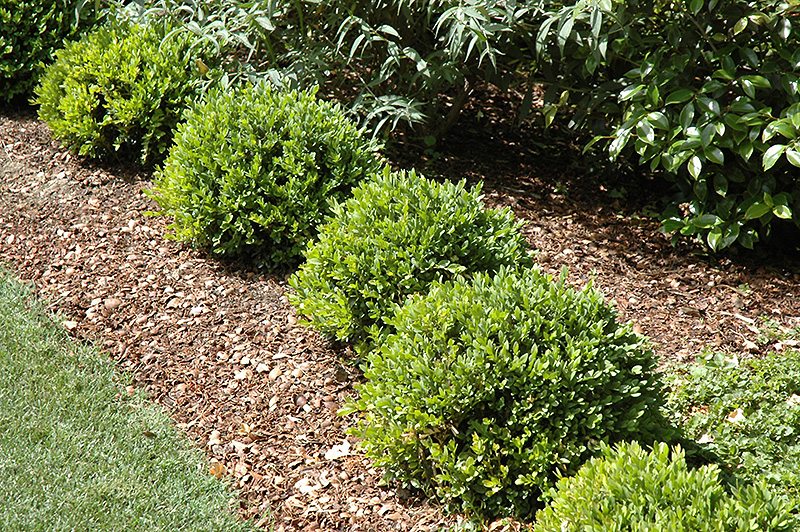About Buxus – The Boxwoods
Possibly more than any other evergreen shrub, Boxwood lends formality and stability to the garden. Densely clothed in small evergreen leaves, boxwood’s fine texture, compact growth, and tolerance to repeated shearing has made them the hedging plant of choice since the earliest years of the United States. Selection and hybridization has expanded the usefulness of boxwoods in zones outside the mid-Atlantic and southeastern U.S. Heronswood offers selections that lend some drama to these otherwise stately stalwarts, expanding their use as a garden accent.
How to care for your Boxwoods
Where to do I plant boxwoods?
Good soil drainage is key. Boxwoods thrive in sandier soils of average fertility and moisture, with a pH slightly acidic to slightly alkaline. Although they are often found surviving in somewhat clay soils, poorly drained or wet soil conditions are lethal. In less "exposed" sites, boxwood tolerate full sun. In the coldest reaches of their hardiness zones, plant them where exposure to winter winds and sun is reduced. Actually, boxwoods tolerate year-round partial-shade or the dappled sun conditions provided by tall trees.
How do I plant my boxwoods?
Keep root ball moist (but not soaking wet) until planting. If you are unable to plant soon, keep the plant outdoors in a sheltered, shaded location away from direct sun and wind. At planting, dig a hole only as deep as the root ball, but at least as wide as twice the diameter of the root ball (the wider the hole, the better!). Add humus (compost, peat moss, etc.) to the soil removed from the planting hole before backfilling. Loosen the roots of your false cypress – don’t be afraid to cut the outer roots to break them free before backfilling, so that the roots have good contact with the soil. Make sure to keep the plant high enough when backfilling so that the finished soil surface is even with the top of the original root ball. Remember: digging and planting too deeply is one of the most common factors contributing to the loss of newly planted shrubs.
Water-in well to soak the soil and encourage soil contact with the roots. When rainfall is scarce (or less than one inch per week), water weekly for the first year after planting. Watering will necessarily be more critical the first few weeks after planting, especially if dry, sunny, and hot weather follows. A one to two inch layer of coarse mulch over the root zone will help maintain soil moisture. Once established a few years, the false cypresses are generally maintenance-free and require supplemental watering only in severe, prolonged drought situations.
How do I care for my boxwoods to increase their beauty from year to year?
Buxus are famously tolerant of pruning and shearing. Thin plants and remove damaged branches annually to improve air circulation. Carefully remove heavy snow accumulations as quickly as practicable to minimize stem/branch damage. Avoid cultivating around plants because they have shallow roots. Apply a coarse mulch only 1-2 " deep.

